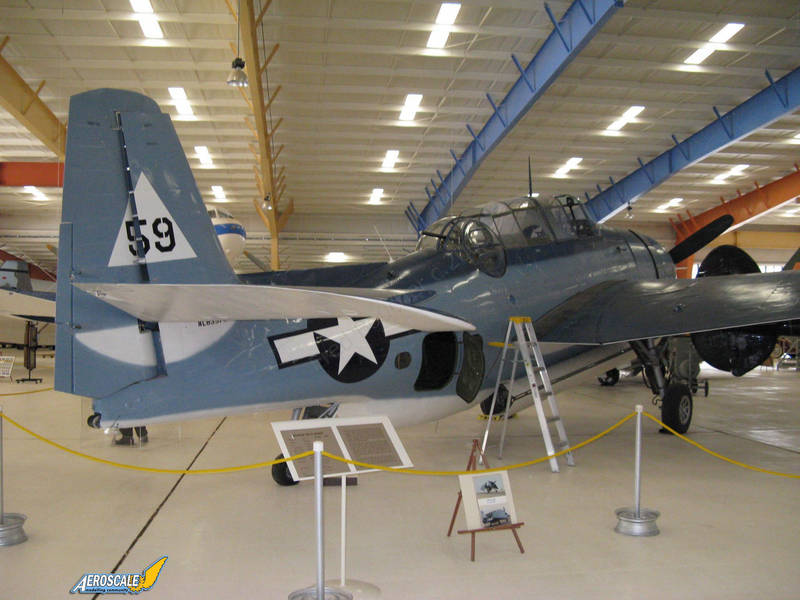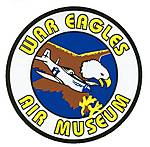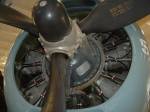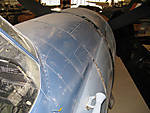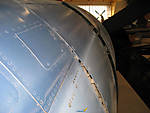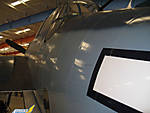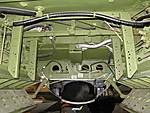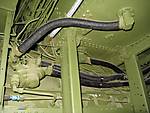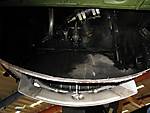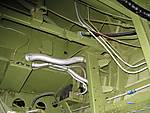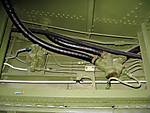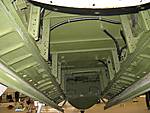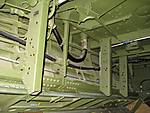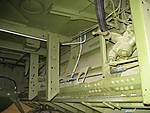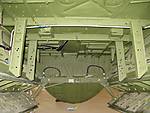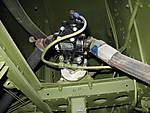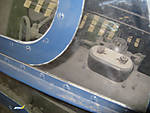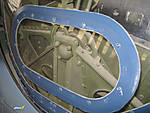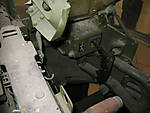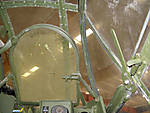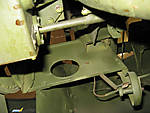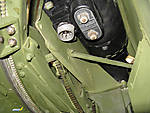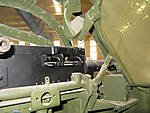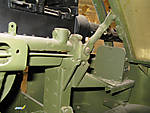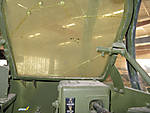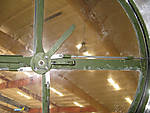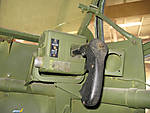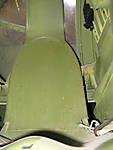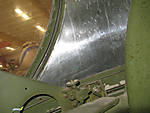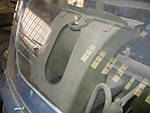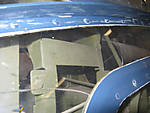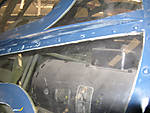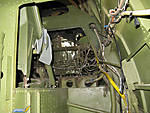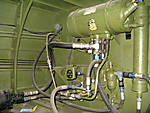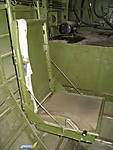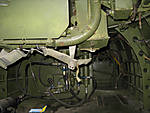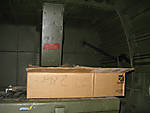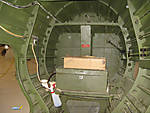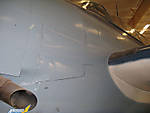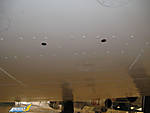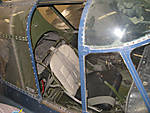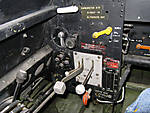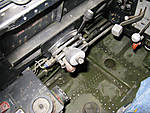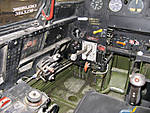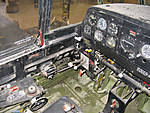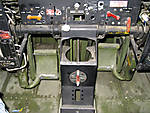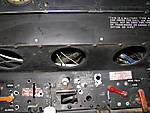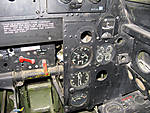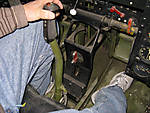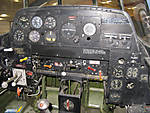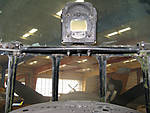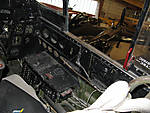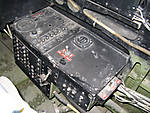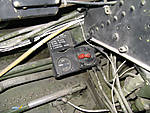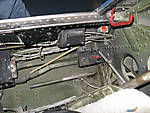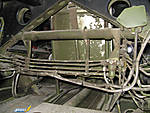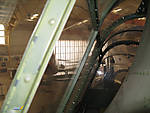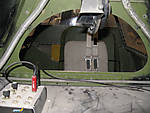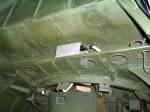TBM-3E Avenger
1
Comment
Grumman Aircraft Engineering Corporation's TBF Avenger aircraft family is considered one of the Pacific War winning weapons of World War 2. The TBM is the Grumman TBF license-built by Eastern Aircraft. Automobile giant General Motors formed Eastern Aircraft to use several automobile plants to produce over 13,000 Grumman F4F Wildcats and TBF Avengers. This mighty TBM-3 Avenger torpedo bomber at the War Eagles Air Museum is one of the total of 4,657 TBM-3/3Es built. Other photos of this aircraft, and the dozens of others at the museum can be viewed in the War Eagles Air Museum Gallery.
The TBM-3E was the last Avenger model put into production during the war. It was built in 1945 in Eastern Aircraft's Trenton-Ternstedt plant outside of Trenton, New Jersey. The production TBM-3 featured a more powerful Wright R-2600 radial engine than the TBF, a distinctively redesigned cowling with four exhaust flaps on each side for additional cooling, where there had been one flap on each side before. A new intake was fitted in the bottom lip of the cowling, for the oil cooler. Stub launchers for HVARs (High Velocity Aerial Rocket) were standard, and the cockpit lighting scheme was modified for night operation. Many -3's were fitted with search radar.
While Eastern was churning out TBM-3s, the company was also working on stripping down the weight of the Avenger, as well as providing some simplifications and airframe strengthening. They managed to trim about 1,980 lbs (900 kilograms) off the aircraft's empty weight, with the lightweight variant going into production in late 1944 as the "TBM-3E". It deleted and faired over the rear-firing .30 caliber Browning machine gun "belly stinger" position, which was not particularly effective, and also featured a hinged, non-retractable arresting hook. A total of 4,657 TBM-3/3Es were built.
The Avenger carried a crew of three, including a pilot, radioman/bombardier/ventral gunner, and turret gunner. The pilot sat under the long greenhouse canopy that ended in the dorsal turret. The bombardier sat inside the rear compartment below and behind the turret, where he sighted through the open weapons bay and also handled the belly gun; there were also two tubes for dropping parachute flares and the like at the rear of the compartment. The first 50 production TBF-1s had auxiliary flight controls for the radio operator, though the concept proved impractical and the controls were deleted with the 51st machine. The crew could clamber into the aircraft through the rear of the greenhouse canopy, or through a small door on the right side of the fuselage, behind the wing.*
No direct access was available between the pilot and the rest of the crew. Bulky radio equipment filled the space between the cockpit and turret. Access to it was a narrow crawlspace from the radioman/bombardier/ventral gunner area, under and around the turret. As aircraft communication equipment became smaller, those huge radios have been discarded and passenger seats have usually been added between the cockpit and turret.
Please enjoy this walk around feature of the War Eagles Air Museum's TBM. For location and times, please see their link at the top of this page.
* Greg Goebel / public domain
Comments
Great work Fred, looking forward to seeing the rest of her as I'm doing this one for the Carrier Campaign. Cheers
JAN 20, 2009 - 05:51 PM
Copyright ©2021 by Frederick M. Boucher. Images also by copyright holder unless otherwise noted. The views and opinions expressed herein are solely the views and opinions of the authors and/or contributors to this Web site and do not necessarily represent the views and/or opinions of AeroScale, KitMaker Network, or Silver Star Enterrpises. Images also by copyright holder unless otherwise noted. Opinions expressed are those of the author(s) and not necessarily those of AeroScale. All rights reserved. Originally published on: 2009-01-20 00:00:00. Unique Reads: 33095




